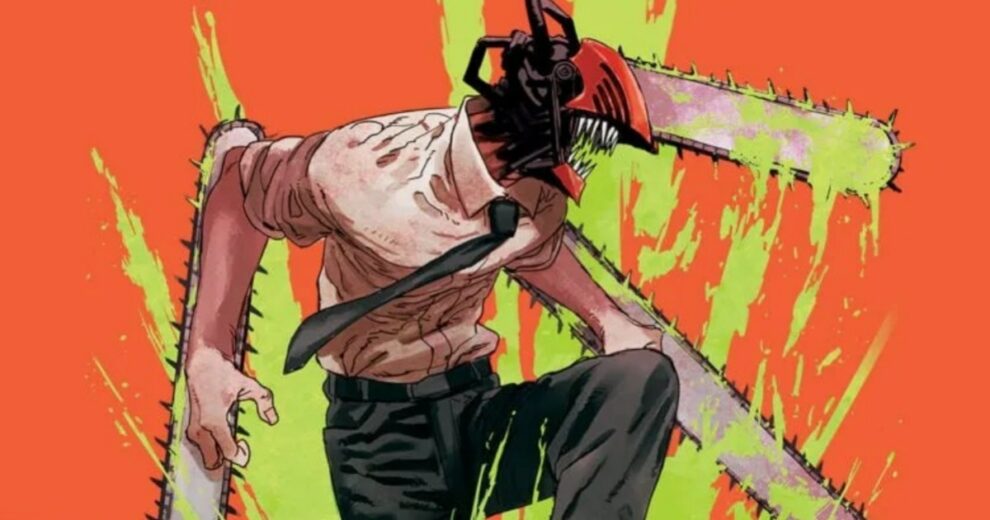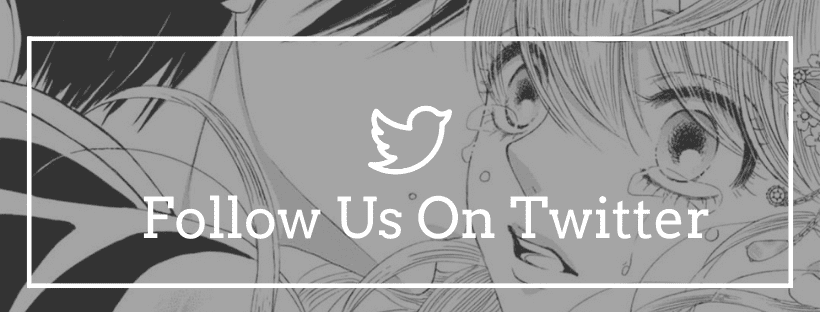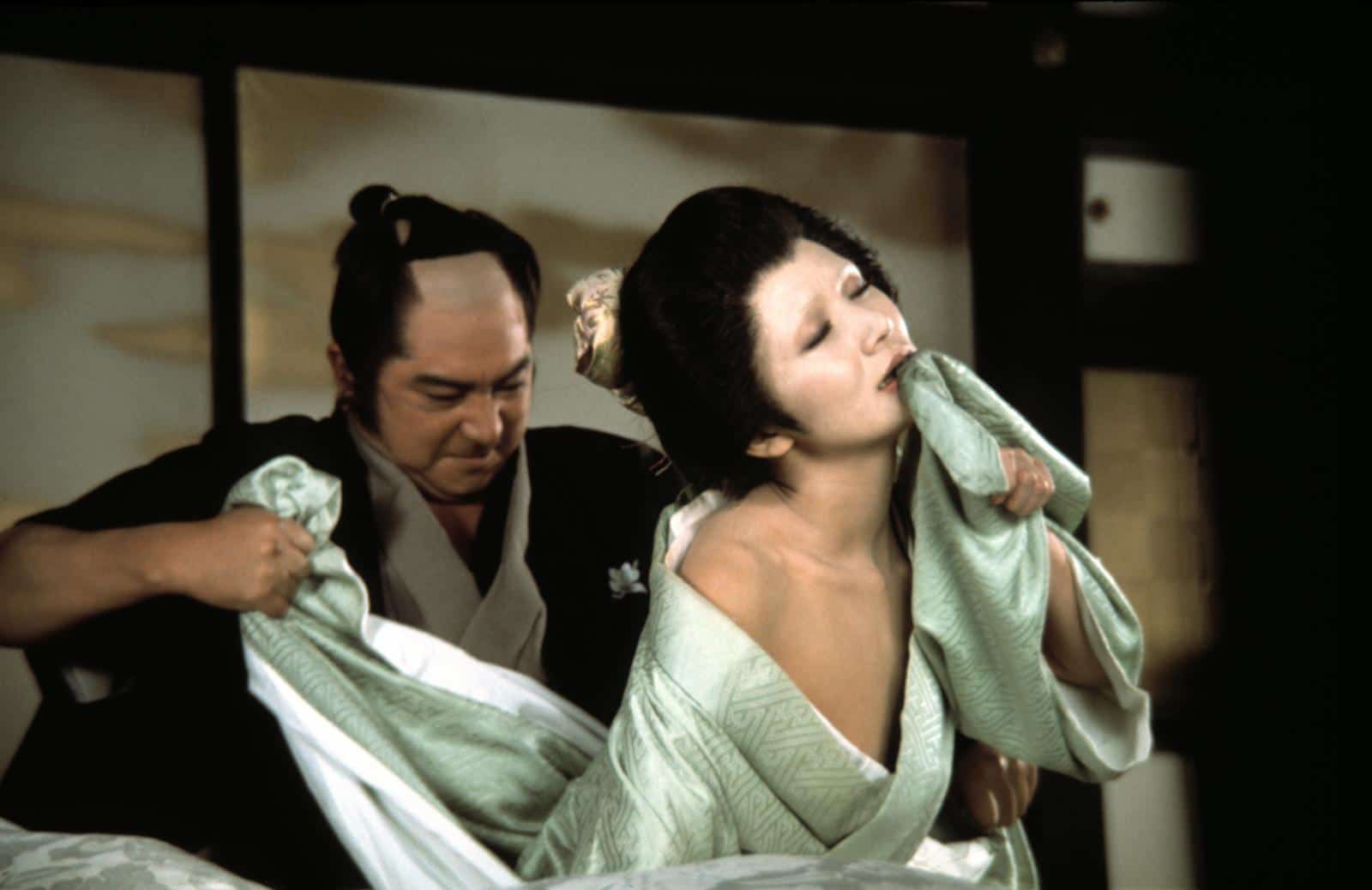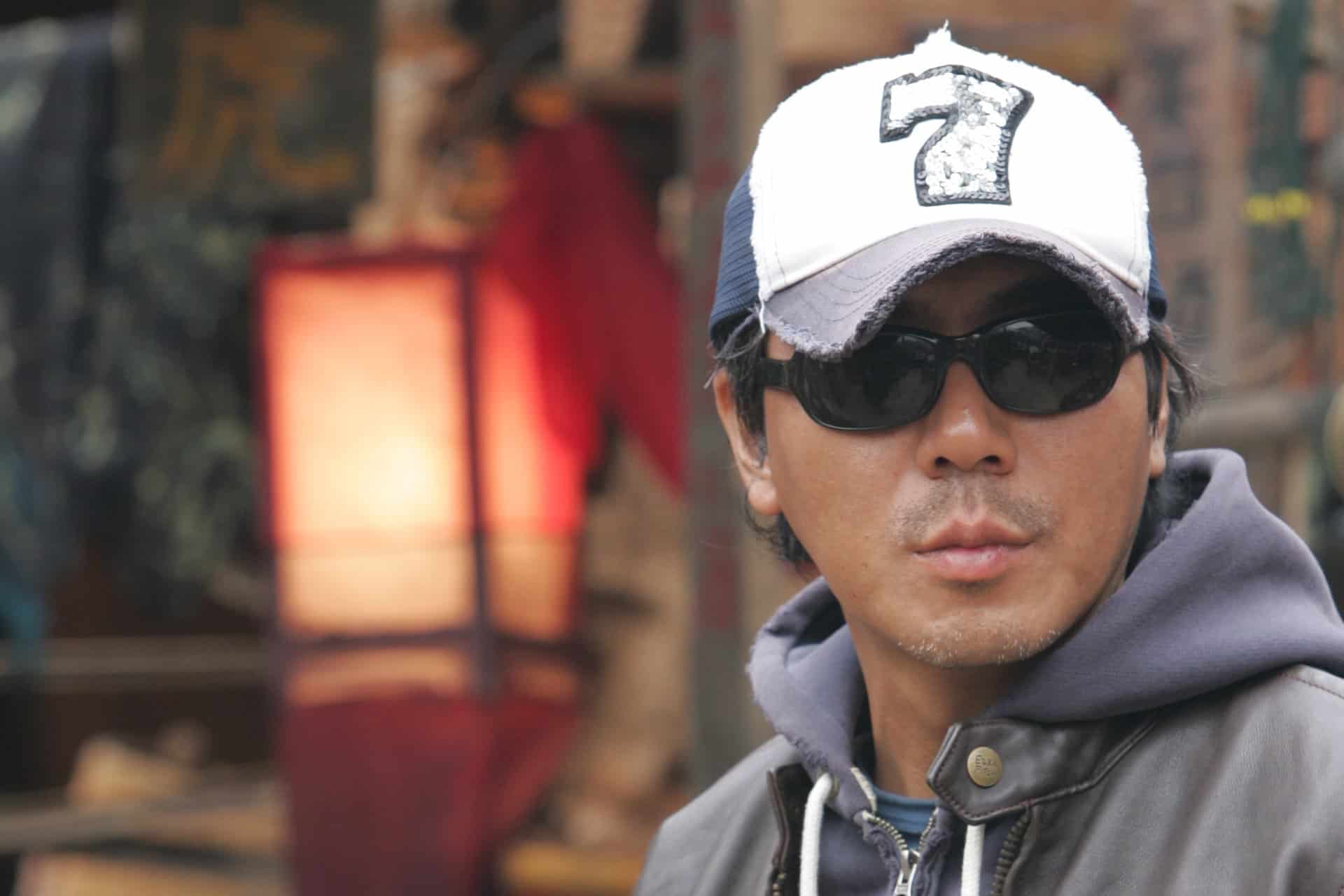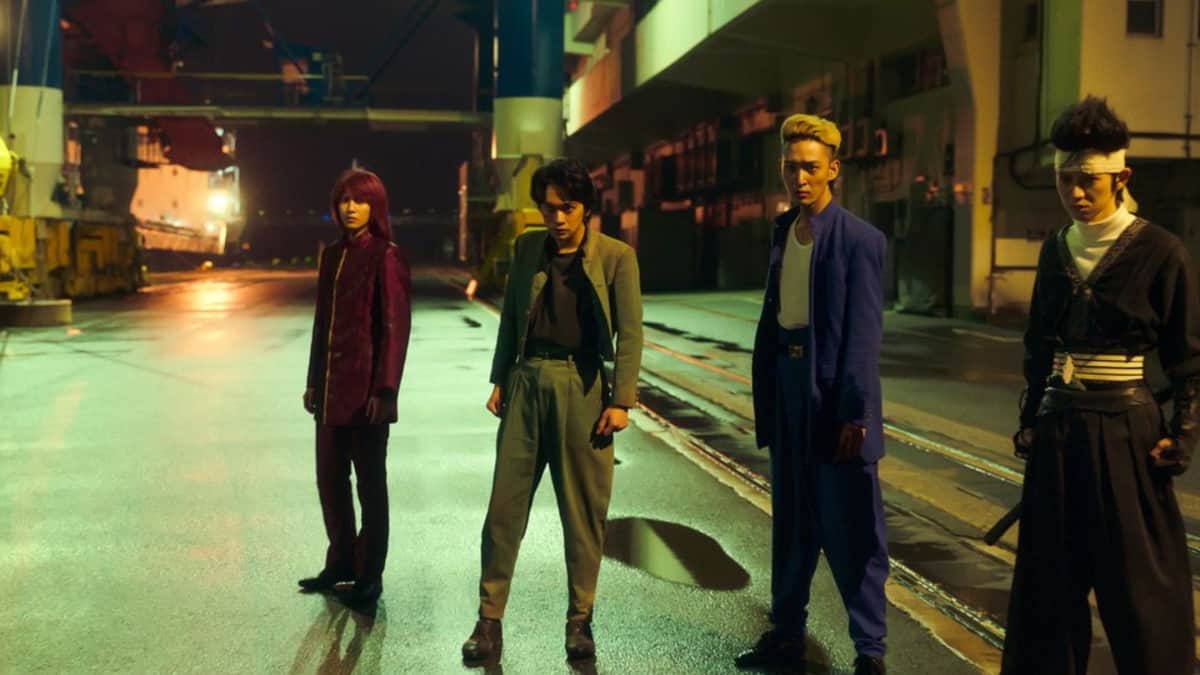As mentioned last year, it seems that anime are experiencing another golden era, which started in 2021 and continued in full bloom in 2022. The box office success of a number of movies (“One Piece Film Red”, “Suzume”, “The First Slam Dunk”) the new trend of series that are not based on manga and the release of much awaited titles as in the case of “Chainsaw Man” continued to boost the industry, additionally giving it an international presence that I do not thing ever took place in the past. And all this, while the new Miyazaki movie is going to come out this summer, probably becoming the new biggest box office hit in the history of Japanese cinema.
Without further ado, here are the 15Best Anime Series of 2022, in reverse order, in a list that includes titles whose season or the whole series ended in 2022.
14. World Trigger Season 3 (Morio Hatano, Toei Animation)

The focus this time is on Chika and her inability to shoot anyone with real bullets, with the group actually focusing on ways to make her overcome her fear. That she eventually opens up about the reasons behind her reluctance emerges as one of the best aspects of the series, also in the way Morio Hatano incorporates it in the action scenes. The second, which is actually a recurring one, is regarding Osamu's tactical skills in contrast to his average power, which forms another interesting axis, also because Hyuse repeatedly undermines and challenges him in a way, stating that he will not listen to orders he deems wrong or unreasonable. This element is also eventually embedded in the battle scenes.
13. Summer Time Rendering (Ayumu Hatanabe, OLM)
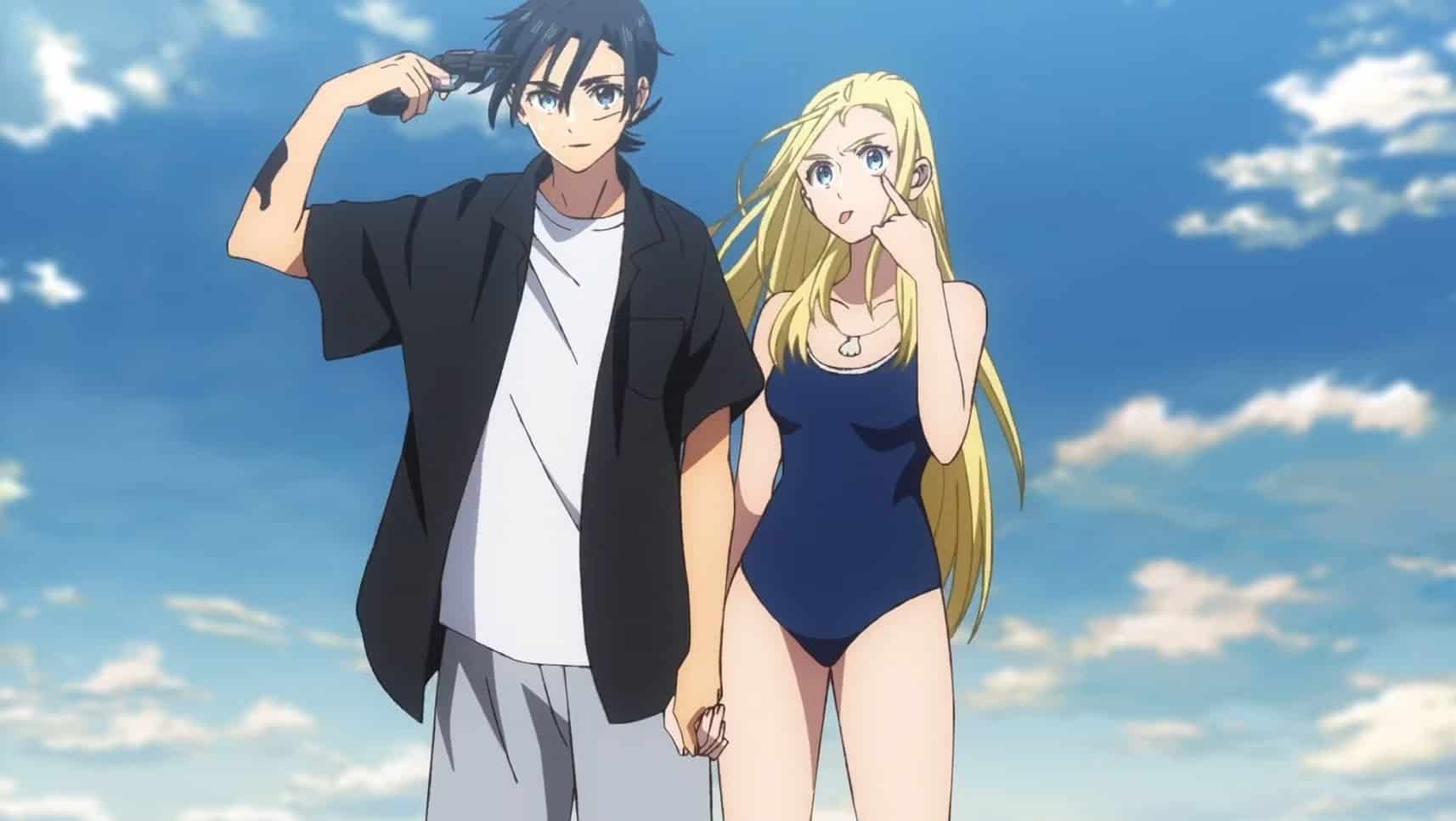
The best aspect of both Ayumu Watanabe‘s direction and of the whole series essentially is the build up of the story, which becomes more and more intricate with every loop Shinpei undertakes. In that fashion, the series begins as a romantic, coming of age type but soon turns into a crime thriller, before action, horror and the supernatural become integral parts of the narrative, in this genre-bending approach. One would think that the repetition would become annoying after a fashion, but the fact that with each time, more secrets are revealed, more questions surface, new characters and behaviors are introduced, brings in enough change to retain the interest of the viewer. That the initial aspects of romance and coming-of-age are retained adds even more to the contextual richness here, while also allowing Watanabe to explore his characters as thoroughly as possible. Regarding this last aspect, that the shadows can copy, apart from appearances, also thoughts and feelings, adds even more to it, particularly since the creatures have no shame in revealing even the deepest secrets of the originals.
12. Kotaro Lives Alone (Tomoe Makino, Liden Films)
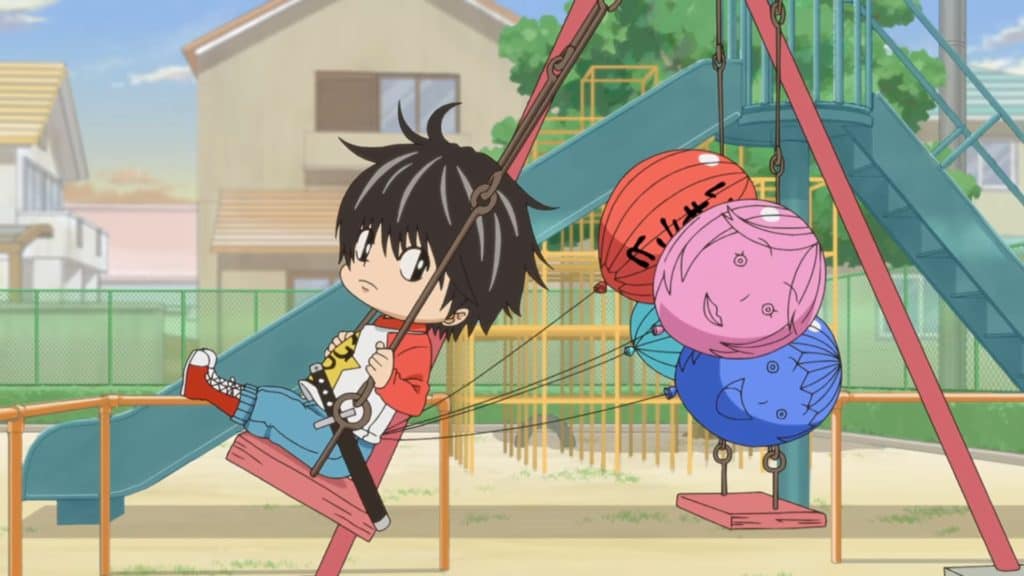
Little Kotaro is totally helpless. He left his parents to survive, but he manages to survive only with the thoughts of their toxicity and the childish mind games of the memories of his then life, by transforming them in possible ethics and advice they gave him, which I'm afraid they never did. Kotaro might be a little light for Karino, Mizuki and Tamaru but he doesn't know. He is loved, but he doesn't feel it. He prefers to watch anime of poor taste until the early hours and to draw the faces of an imaginary family he misses on balloons, because there's this defect in the human condition the love that people show us is never to be enough if it isn't from the one's we want. (Christina Litsa)
11. 86 (Toshimasa Ishii, A-1 Pictures)

The series is split in two parts, with the aforementioned mission being the dichotomy. The first part features much action, but the focus is actually on context, with Toshimasa Ishii presenting a number of sociopolitical comments through a dialogue-heavy approach. Lena's gradual disillusionment about what is happening with the 86 is quite shattering in that regard, with the exploitation of kids that are sent in the front lines being a direct accusation on fundamentalists, to say the least. The segregation and the way they are treated and perceived as animals essentially is a comment on racism, through practices of propaganda and exploitation that are actually happening all over the world, even today.
10. My Dress-up Darling (Keisuke Shinohara, Cloverworks)
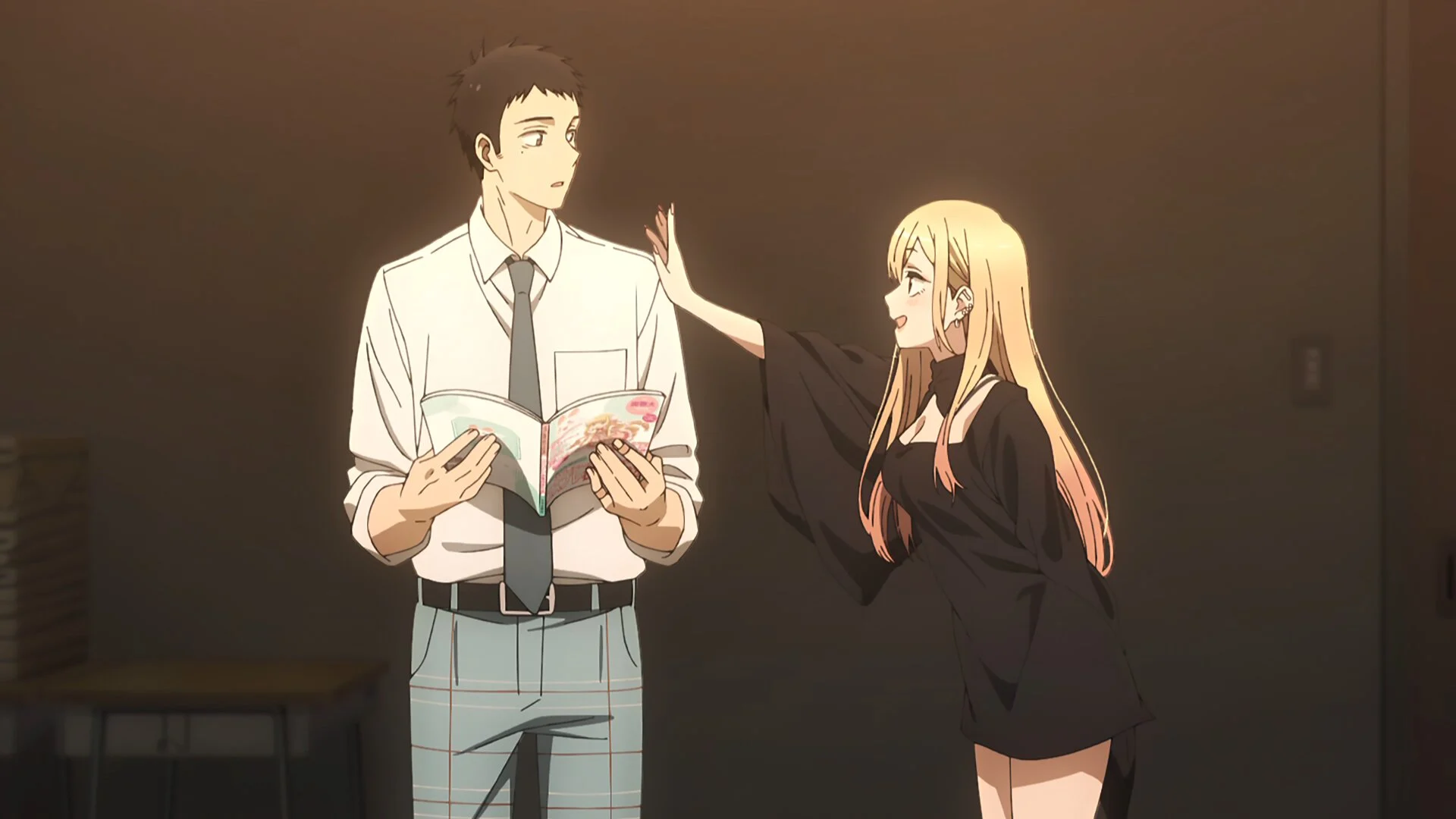
Probably the most interesting element here is the way Keisuke Shinohara implements all these otaku favorite elements, in a way, though, that moves opposite from the norms, for the most part at least. In that fashion, Gojo, although intensely emerged in the world of dolls and clothing, is not gay at all, as is quite usual the case in similar characters, at least as it was in the past. Furthermore, despite his social awkwardness, he is not a hikikomori in any way, and is actually quite adept in a number of skills, including cooking, taking care of the house and his grandfather, not to mention his doll and costume making skills. Marin is not a tsundere, but treats Gojo, despite their difference in the school “social ladder” with kindness and respect, while her feelings for him are evident essentially from the beginning, although it takes some time for her to acknowledge them. In that path, it is difficult to realize if her tendency to appear in her underwear or in rather sexy positions in front of him is the result of teasing or an effort at flirting, with the director actually playing with this question for a large part of the first season.
9. Uncle From Another World (Shigeki Kawai, Atelier Pontdarc)
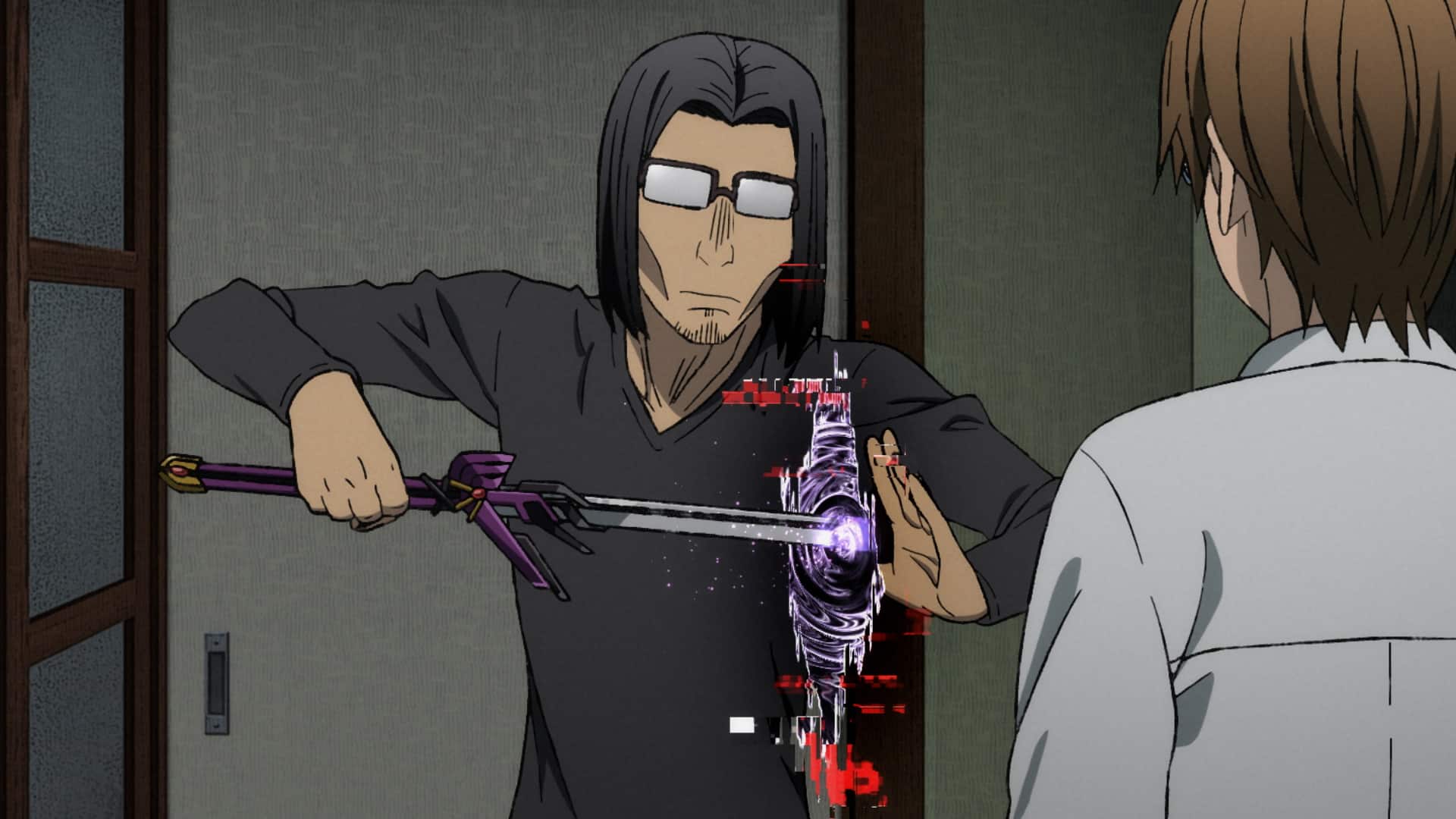
The most impressive trait of Shigeki Kawai‘s direction is how he manages to combine a number of elements inherent to anime with social commentary while essentially mocking everything about the title, including the whole concept of anime and otakus. At the same time, the way he manages to retain a sense of lightness and overall entertainment allows the series to flow quite smoothly for the whole of the 12 episodes that have aired until now. In that fashion, the fact that Yosuke looks nothing the “pretty boys” that are usually the heroes of the isekai or medieval anime but his mediocre/much-older-than-he-actually-is looks have the people he meets in the other world considering him an orc is as smart in the way it presents the importance of looks in the modern world as it is hilarious. The fact that he is essentially all powerful but his appearance is what makes most shape an opinion on him moves in the same path.


